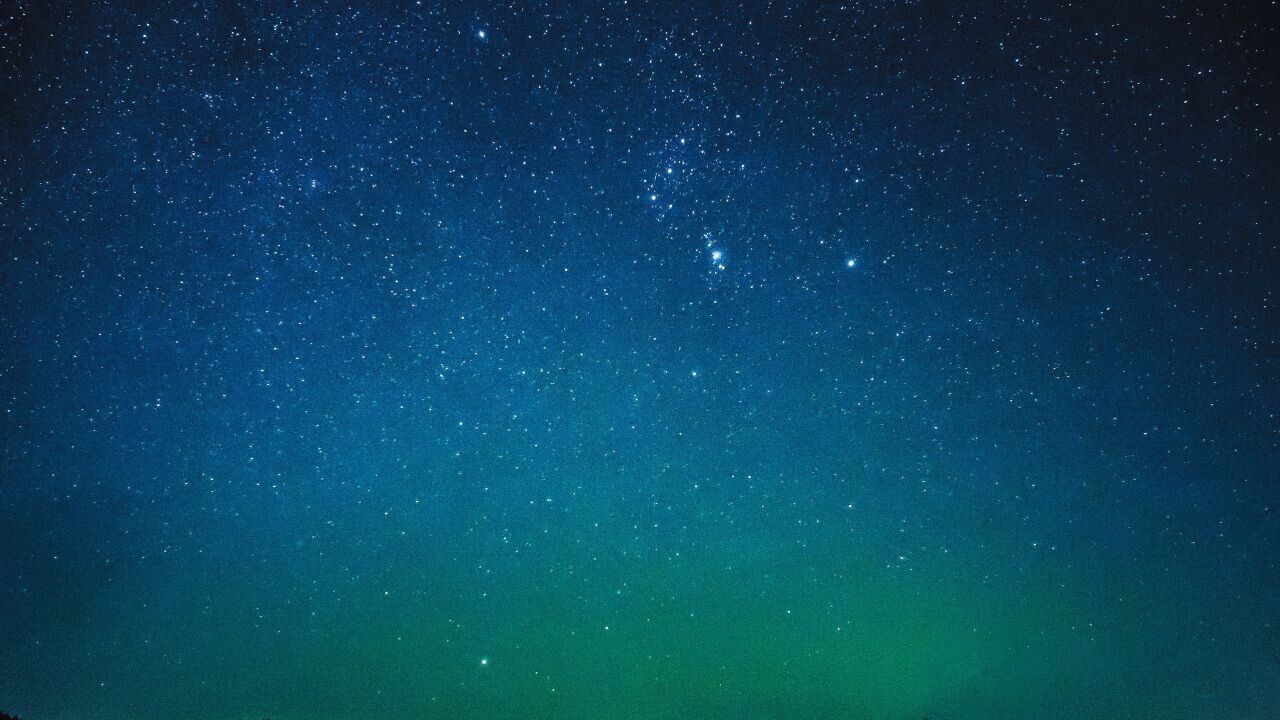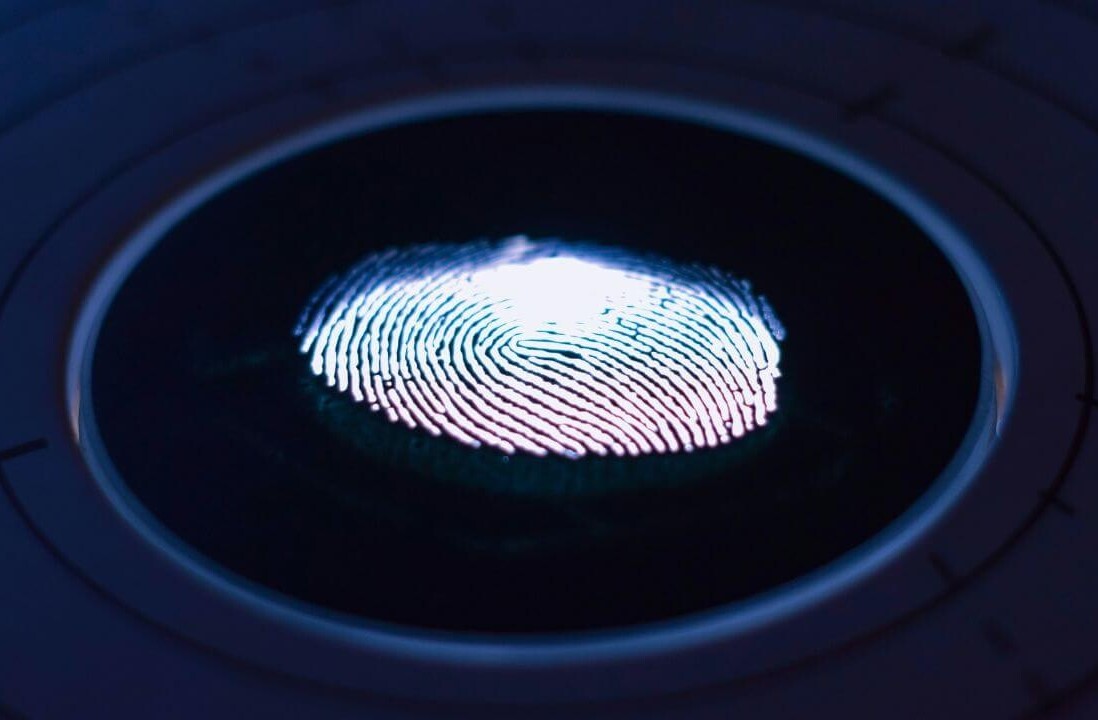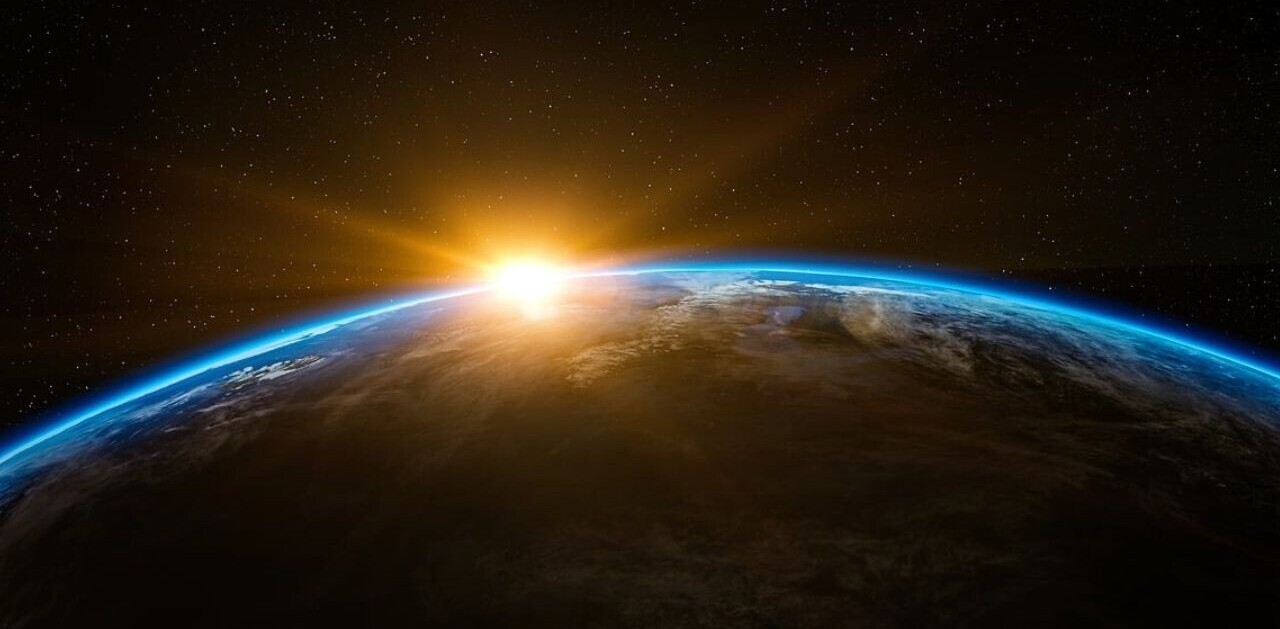
The first full-color picture from NASA’s James Webb Space Telescope (JWST) has just been released — and it’s inspiring.
According to the space agency, it’s the deepest and sharpest infrared image of the early, distant universe to date.
Behold:

Known as Webb’s First Deep Field, the picture shows the galaxy cluster SMACS 0723 as it appeared 4.6 billion years ago.
As per NASA, the combined mass of this galaxy cluster acts as a gravitational lens, magnifying much more distant galaxies behind it. Thanks to the agency’s Near-Infrared Camera (NIRCam), which allows deep field views, the telescope has brought these distant galaxies into sharp focus.
This allows astronomers to observe their tiny, faint structures — including star clusters and diffuse features — which have never been seen before.
Impressively, this deep field view took the JWST 12.5 hours to compose, achieving depths at infrared wavelengths beyond the Hubble Space Telescope’s deepest fields — which took weeks by comparison.
Below you can see how much the two telescopes’ image quality differs:

Why the JWST is marking the next era in astronomy
The JWST is the largest and most powerful telescope ever launched into space, promising to revolutionize infrared astronomy.
Thanks to its massive mirror and the ability to see at the infrared part of the spectrum, it can look back billions of years to capture the faint, red-shifted light from the very beginning of the universe.
The aim is to reveal the very first galaxies of the infant universe, and how those evolved throughout more than 13 billion years of cosmic time.
If it delivers, we might finally be able to answer some of humanity’s biggest questions: are we or the Earth unique? What are our origins?
More images to follow
The unprecedented view of ancient galaxies doesn’t end with the image you saw above.
On Tuesday, July 12, NASA will release more pictures from the telescope, covering the following cosmic targets:
- Carina Nebula: One of the largest and brightest nebulae in the sky, located approximately 7,600 light-years away. It’s home to many massive stars that are several times larger than the Sun.
- WASP-96 b (spectrum): A giant planet outside our solar system, composed mainly of gas. It’s located nearly 1,150 light-years from Earth, and it has about half the mass of Jupiter.
- Southern Ring Nebula: A planetary nebula (an expanding cloud of gas), surrounding a dying star. It’s located approximately 2,000 light years away from Earth.
- Stephan’s Quintet: About 290 million light-years away, Stephan’s Quintet is located in the constellation Pegasus. Four of the five galaxies within the quintet are locked in a cosmic dance of repeated close encounters.
The space agency will release the full suite at 10:30 am (EDT) during a live NASA TV broadcast. The images will also be uploaded on NASA’s social media, as well as on the agency’s website, here.
Get the TNW newsletter
Get the most important tech news in your inbox each week.





